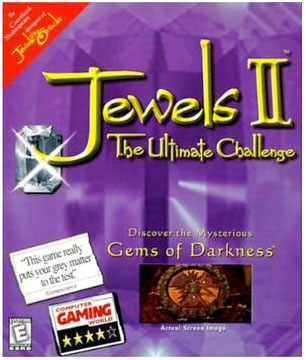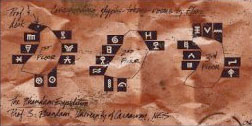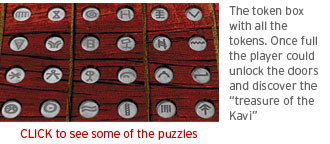The original publisher of the sequel to Jewels of the Oracle was supposed to be Corel. It was going to be called Gems of Darkness. Along the way, however, the interactive games division of Corel got sold to H+A and then they sold J2 to Dreamcatcher - the company that acquired the rights to the original Jewels game. That's why the boxes look similar.

The game received wonderful reviews, but the 20th Century was drawing to a close and so was the interactive CD-ROM game business. Platforms such as the SONY Playstation and Microsoft XBOX began dominating the home game market.

GEMS was the original name of the Jewels sequel that was supposed to be published and distributed by Corel. Unfortunately, they ran into problems of their own and despite the fact they had a potential hit game, their entire interactive gaming catalog was dropped into the inept lap of H+A.
The small cottage company had published a few minor children's discs, but had no idea of the potential international game market. They folded, but not before signing over the distribution rights to DreamCatcher so the "Jewels" name could be resurrected. By then I was working in Connecticut at a web development company and had given up all hopes of Jewels ever making me any money.

Here's Professor Bhandam (played by Henry Ramer) as the archaeological host of the game. He replaced the Oracle from the first game - to supply the player with hints (and maybe a bit of humour). Henry was absolutely wonderful to work with. If we ever needed to re-do a take, it was always our fault. He never once blew a line during the shoot.

Here's one of the interactive maps from the game. Although you could walk around in the virtual environment, I learned from the first game navigation could become repetitive and tedious. The map gave the player the opportunity to jump from room to room without navigating via rendered video clips.

This is the token box that replaced the map of the well behind the original spinning altar in Jewels 1. You could check it at any time and it helped keep track of your progress. The glyphs on the tokens tied in with the glyphs on the map (representing the rooms).
